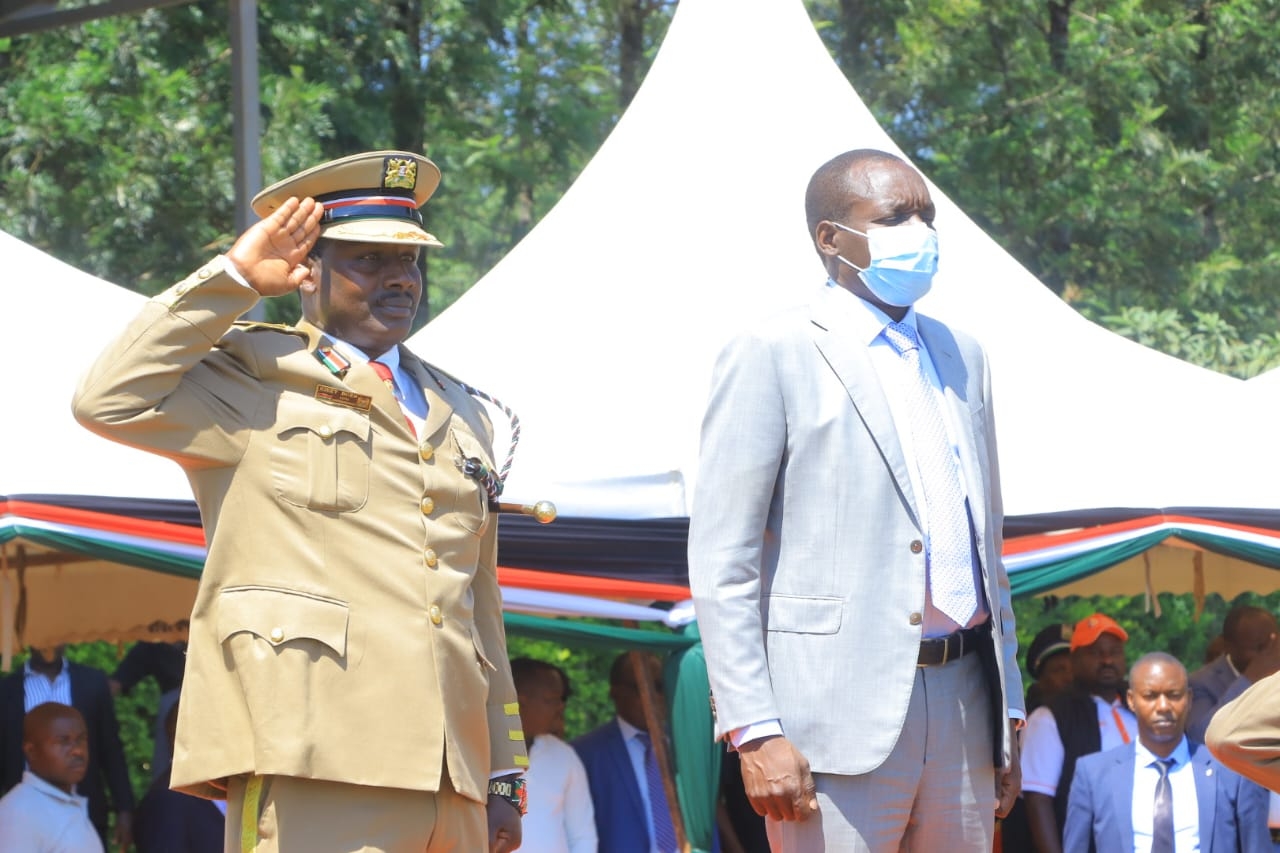The government has confirmed a case of Rift Valley Fever and raised the alarm over increased risk of vector-borne disease outbreaks between January to March.
The Director of Veterinary Services has put county vets on high alert on the risk of increased livestock disease outbreaks due to the ongoing rains.
This follows a RVF outbreak alert issued by the Ministry of Health on January 24.
The ministry confirmed a human case of the disease in Turbi, North Horr subcounty in Marsabit.
Acting Director of Veterinary Services Dr Allan Azegele said in the last five months most parts of the country have received above-average rainfall that has resulted in extensive flooding especially in low-lying areas.
He said the above-average rainfall and flooding provide ideal conditions for the increase in mosquito population, which may result in vector-borne diseases in humans and livestock.
“Key among the diseases is the Rift Valley Fever, which has led to sporadic abortions and deaths in livestock,” Azegele said in a notice issued to all county directors of veterinary services.
RVF is a zoonotic infection that is associated with significant losses of livestock in addition to high mortality in humans.
Outbreaks occur in cycles of five to 15 years. “For the last six weeks, the DVS has been working with high-risk counties to implement an enhanced syndromic surveillance system to support early detection of clusters of RVF-like syndromes in livestock,” Azegele said.
“Most of the high-risk counties under surveillance are now reporting sporadic abortions and deaths in livestock.”
The DVS defines high-risk areas based on the history of flooding, entomological surveys on mosquito distribution, history of RVF outbreaks and the distribution and density of susceptible livestock populations.
Historical information on the disease/virus distribution and epidemic behaviour during previous RVF outbreaks is also taken into account.
Azegele advised country vets to immediately initiate activities to enhance capacity for RVF early detection and response.
He called on counties to increase awareness of RVF case definition and other epidemic-prone livestock diseases and the need for prompt action to farmers and all animal health workers.
This includes veterinary auxiliary staff, laboratory technicians, workers in abattoirs and animal markets and agricultural extension officers.
The DVS also recommended that county vets activate and equip multi-sectoral rapid response teams to support prompt investigations and responses.
“County veterinary services should also establish clear communication channels for timely dissemination of information during an outbreak," he said.
"Implement mosquito control measures to reduce the spread of RVF as mosquitoes are the primary vectors of the virus. This in addition to strengthening disease surveillance and implementing best practices for reducing the risk of exposure,” Azegele added.
He further told county vets to promote targeted vaccination of susceptible animals in high-risk areas.
“Vaccination as a control option for RVF aims to limit virus circulation in outbreak-prone areas and prevent epidemics in disease-free areas,” he said.
Azegele urged county directors to immediately initiate these measures to enhance capacity for RVF early detection and response to minimise the impact of any potential outbreaks.












